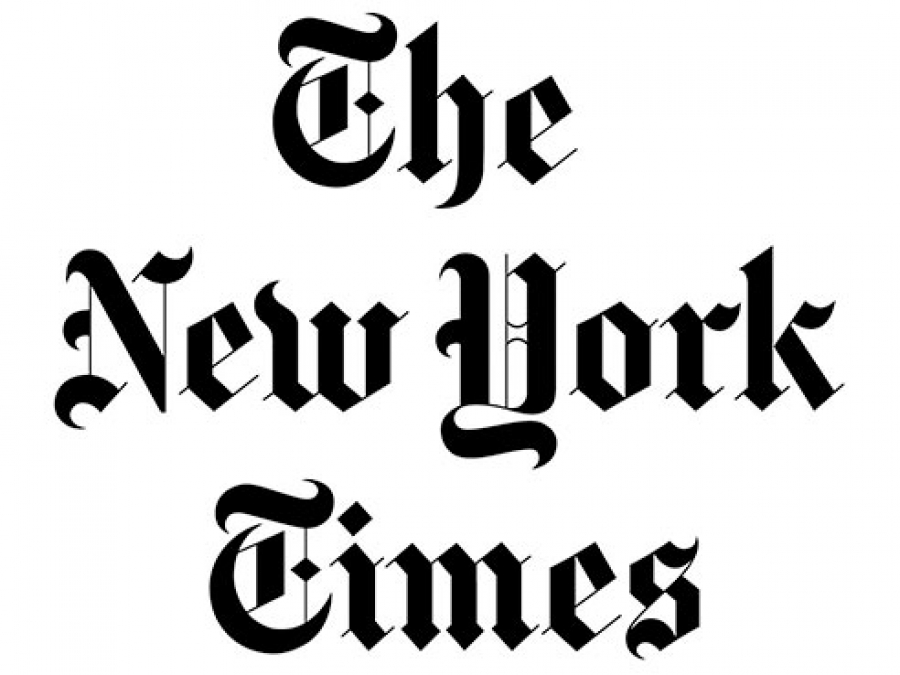Research & Innovation
Dec 23, 2025
FDA approves oral version of weight-loss drug semaglutide, UAB researchers react
Multisite research, including research at UAB, shows that oral semaglutide is nearly as effective as the widely used injectable version for treating obesity, delivering about 13.7 percent average weight loss over 64 weeks.
Find an Expert
Browse our list of UAB experts who can provide insights on timely news and research. To contact an expert, please coordinate with the public relations specialist associated with each individual.
Find an ExpertCampus & Community
Dec 5, 2025




























